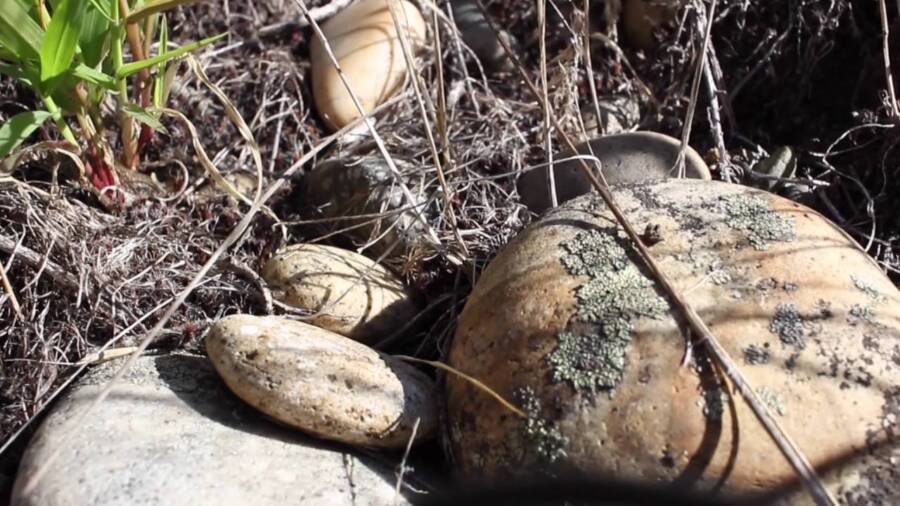Mystery Deepens: Idaho Artifacts Challenge What We Know About North America’s Earliest Inhabitants
Hoffecker also argues against the study’s implication that the settlement could likely have come from northern Japan since “both genetics and dental anthropology indicate unequivocally that Native Americans are not derived from northern Japan.”
Ben Potter, the department chair and a professor of archeology at the University of Alaska Fairbanks who also did not partake in the study, agreed with Hoffecker’s assessment, going so far as to call the findings “superficial and unconvincing.”
He further added that the findings did not provide any credible evidence to disprove the theory that an ice corridor was the main passageway into North America for ancient settlers.
“My perspective is that Cooper’s Ferry is intriguing, but not paradigm-shifting,” Potter concluded.
On this point Hoffecker disagreed, saying that the study gave credence to the startling theory that the first humans of North America traveled by boat along the Pacific coast, the route by which Native Americans arrived in mid-latitude North America.
Nevertheless, Davis and his team plan to further explore the possible connection between North America’s ancient inhabitants and the ancient people of Japan and perform more analysis of these artifacts.
Next, read the truth about who really discovered America. Next, take a look inside Tristan da Cunha, the most remote human settlement on earth.













Post Comment